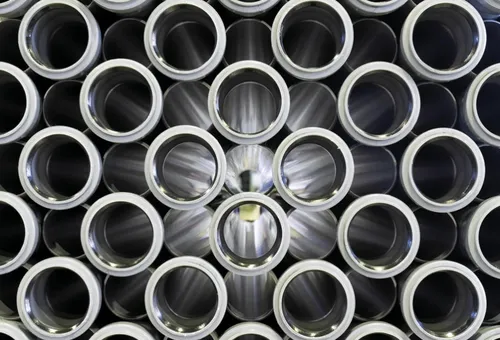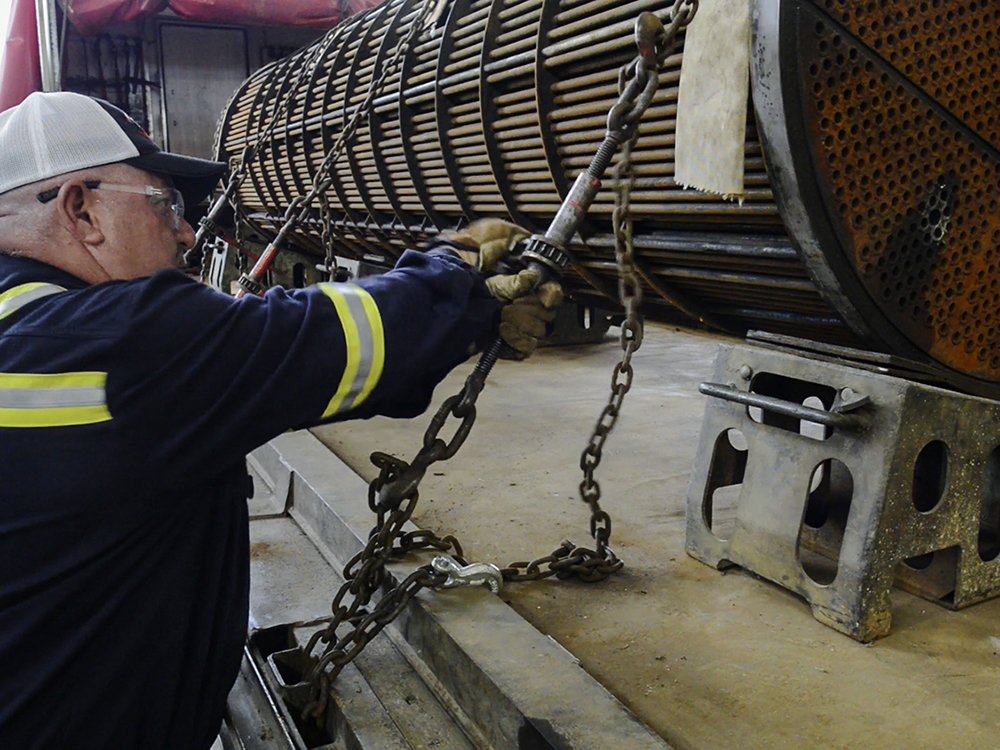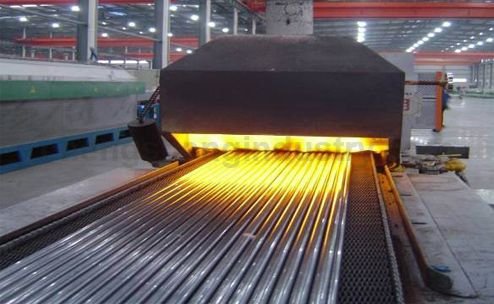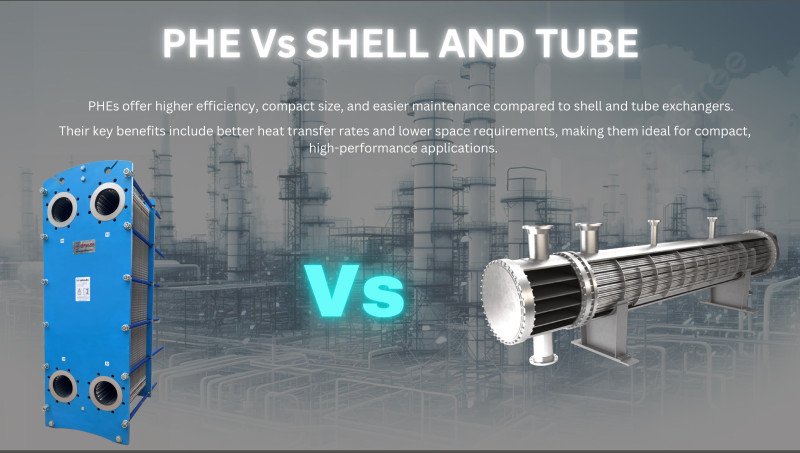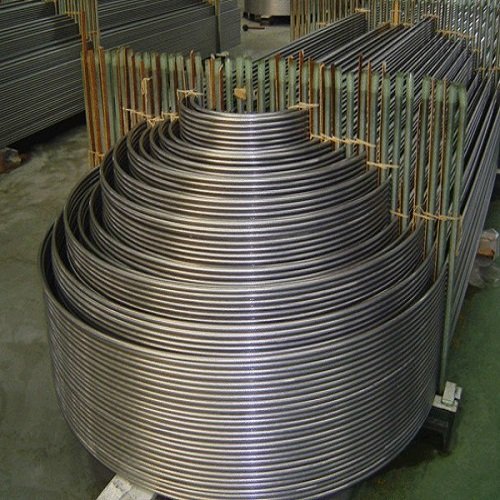Meta Description:
Understand the role of HIC and SSC testing in preventing pipeline failures in sour service. Learn NACE testing procedures, acceptance criteria, and how to select qualified materials.
Introduction
In sour service environments—where hydrogen sulfide (H₂S) is present—pipe failure isn’t just a possibility, it’s a serious risk. And that’s why HIC and SSC testing has become a critical part of material qualification in oil & gas projects.
These tests help engineers determine whether a material can resist cracking under hydrogen attack, ensuring long-term reliability in high-risk systems.
Let’s break down what these tests are, why they matter, and how to interpret them.
What is HIC?
HIC (Hydrogen-Induced Cracking) refers to internal cracks that form within the steel structure when atomic hydrogen diffuses and accumulates—typically in the mid-thickness of a plate or pipe.
This can occur even in low-stress conditions, making it especially dangerous in pipelines that operate under normal pressure but in sour fluids.
HIC Test Procedure (per NACE TM0284):
- A test coupon (usually plate or pipe section) is immersed in a sour solution (typically H₂S-saturated water)
- Duration: 96 hours (minimum)
- After exposure, the sample is sectioned, polished, and examined under a microscope
- Key metrics:
- Crack Length Ratio (CLR)
- Crack Thickness Ratio (CTR)
- Crack Sensitivity Ratio (CSR)
Typical Acceptance Criteria:
- CLR < 15%
- CTR < 5%
- CSR < 1.5%
Standards: NACE TM0284, EN 10229, ISO 15156 guidelines.
What is SSC?
SSC (Sulfide Stress Cracking) is a brittle failure that happens when a material is under tensile stress in the presence of H₂S. Unlike HIC, SSC typically starts from the surface and is often associated with higher strength steels.
SSC Test Procedure (per NACE TM0177, Method A):
- Specimens are tensile loaded to 75% of the yield strength
- Immersed in an H₂S solution
- Held under stress for 720 hours (30 days)
- Failure or no-failure is recorded
If the sample survives the test without cracking, it is considered SSC-resistant.
Key Considerations:
- High hardness (> 22 HRC) increases SSC risk
- Low-sulfur steels, normalized or annealed, are better performers
- Welding heat-affected zones (HAZ) must be tested too
Where These Tests Are Required
You’ll typically see HIC/SSC test requirements in:
- Oil field piping (upstream)
- Gas gathering pipelines
- Pressure vessels in sour gas service
- Refinery hydrotreaters
- Subsea injection systems
- Offshore production risers
If a project follows NACE MR0175 / ISO 15156, then sour service testing is non-negotiable.
DLSS Testing and Quality Assurance
DLSS provides comprehensive support for HIC and SSC testing:
- Material options: NACE-compliant A106 Gr. B, API 5L X52N, TP316L, Incoloy 825
- Pre-tested materials with certified HIC/SSC results
- Third-party lab collaboration (SGS, TUV, BV)
- EN 10204 3.2 inspection documentation
- Ultrasonic, PT, PMI, and hardness tests included
Our sour service tubes and fittings have been used in refineries, gas plants, and chemical facilities in Turkey, Argentina, and Iran.
Real-World Example: Argentine Gas Gathering System
An EPC contractor in Argentina required NACE MR0175 compliant carbon steel pipe for a sour gas gathering line.
DLSS supplied API 5L X52N with HIC test CLR < 5%, SSC passed under 75% YS.
The project was approved by both local and international inspectors, and no failures have been reported after 3 years of operation.
Conclusion
HIC and SSC tests may seem like a technical formality—but in reality, they’re lifesaving barriers against silent failures.
Whether you’re building a sour gas pipeline or upgrading refinery equipment, make sure your materials are tested, certified, and truly compliant.
DLSS supports clients with both expertise and documentation—so your project moves forward with confidence.
Contact DLSS
Email: info@dlsspipe.com
Website: www.dlsspipeline.com


